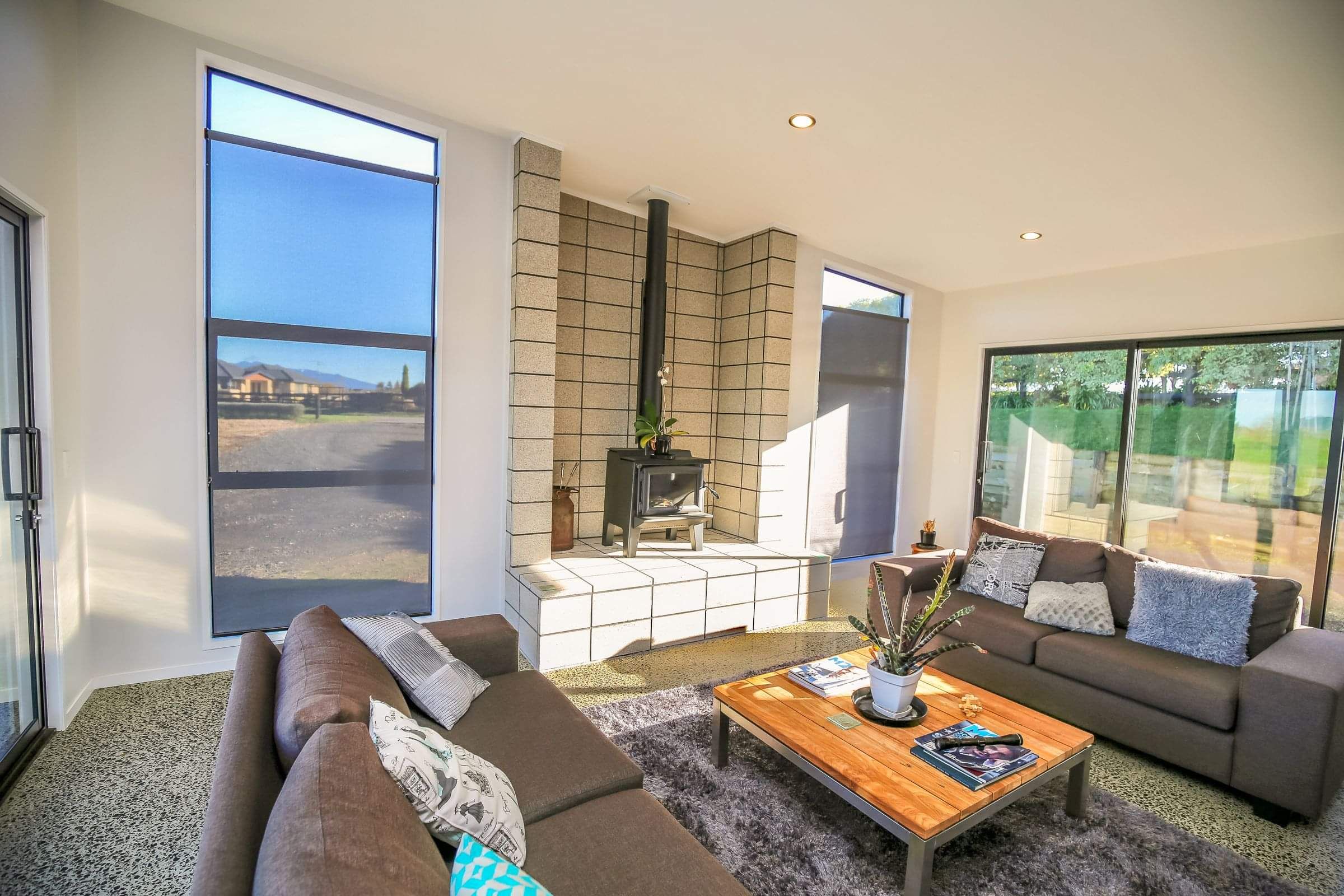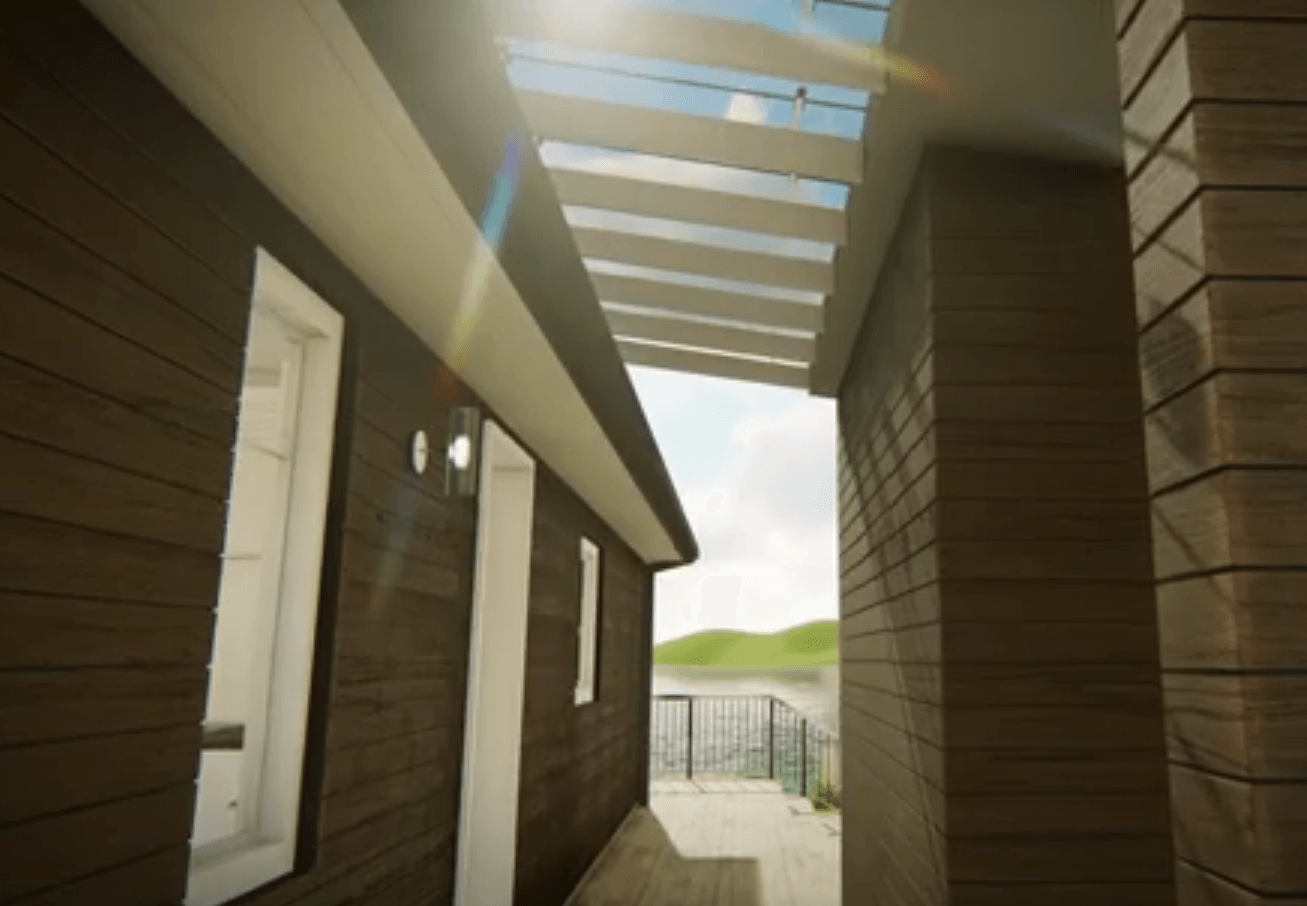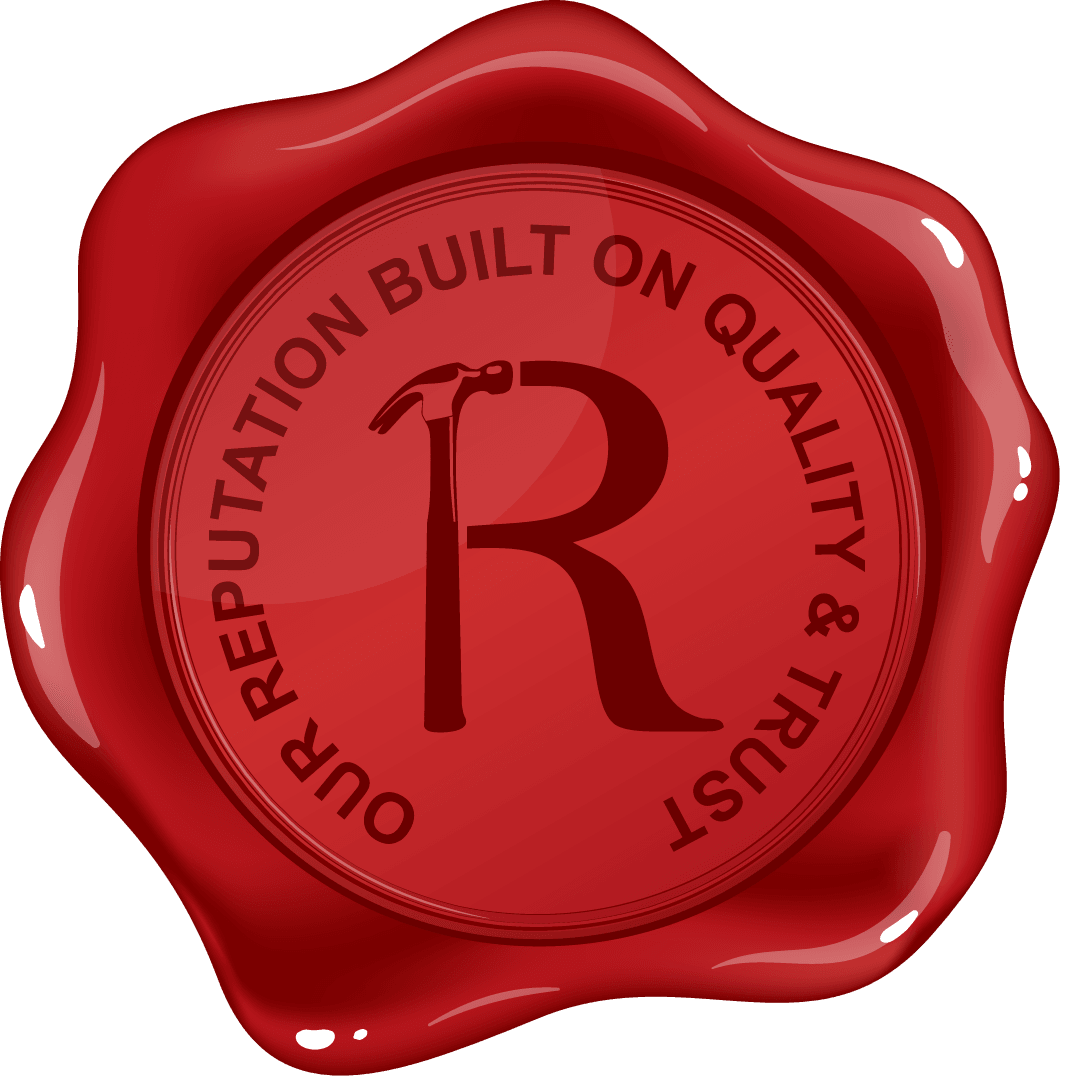Ready to start the new build process?
We bet you have questions! We are here to make this process easy for you.
Sometimes starting a new build is a bit like announcing a pregnancy. It’s big, exciting and a little scary. Also, before you know it (seemingly from nowhere) there comes a barrage of stories, advice, recommendations and ideas.
It’s a lot to take in, and in the midst of everyone else’s opinions and referrals, you have to somehow figure out what is right for you! At Roger Ramsey Building we are here to help you from start to finish.
To get you started on the new build process seamlessly and without extra hassle we have written a Before You Build Guide
Before you Build Guide
How to survive and thrive through the ‘pre-build’ process.
After years of experience in the building industry, the Roger Ramsey team has recognised some key markers to a successful building project.
We want to see you sail through the pre-build process with ease and certainty, because we genuinely care about your ability to gather knowledge, weigh up your options and contract the best person for the job.
That’s why we have some guidelines that you can use to help you navigate the complex world of pre-build decision making.
Time to Dream
Everyone has a unique list of things that they want to see happen by the end of their building process. Identifying your priorities right from the start will go a long way towards realising your dream home.
Things to Remember - Weigh up the practical as well as the aesthetic - If a dreamy kitchen is on your hit list, remember to consider practical things like access, traffic flow and ventilation, alongside colours and countertops.
Creating a list that goes from ‘Most important’ to ‘Would be nice’ is a great way to get the ball rolling.
Take some time to think about what you like and dislike the most about your current situation, then visit friends’ houses or showrooms for bucket list inspiration.

Know your numbers
Only accountants get excited about numbers; most other people would rather discuss designs and colors palettes. But preparing yourself with the information and advice necessary to craft a watertight budget is one of the most important things you can do in your pre-build preparations.
Things to Remember
Arranging finance for your new build can be a lengthy process, but exploring your options and getting advice from the right people can make a world of difference! Check to see if you are eligible for any government assistance. Speak to your bank about applying for a mortgage or personal loan that best works for you.
Talk to the Experts
Architects
Sourcing a designer for your new home or renovation project is often the first port of call for people in the pre-build phase. But finding the right architect for your job can feel like looking for the matching glass slipper: lots of options but only one good fit!
Things to Remember - Referrals and recommendations from people or businesses that you trust are priceless when you begin to shortlist your potential architects. Home shows are great but a recommendation from a trusted friend or builder, who you have employed previously, could be the difference between good and great.
Builders
Once the design stage is completed, 90% of the responsibility for your job falls to your builder. Picking a good company is essential to the success of your project, so don’t be afraid to get into the nitty gritty details with them!
Things to Remember - The devil is in the details, or in this case, in the contract agreements. There are several different options for building contracts - understanding exactly what kind of work a builder is quoting for is so important!

Review & Revise
Once you have found your preferred architect and builder, it’s time to start bringing the whole picture together in a way that gives you estimated costs and timeframes.
Nothing that is discussed at this stage is final but it is an essential stepping stone to getting the job approved and underway.
Things to Remember - An experienced builder can help you come up with money saving options that don’t compromise your priorities.
Creating a timeline for the different stages of building or renovation will help to minimise the impact that it has on your everyday living.

Dollars and Sense
Once everyone has been consulted and all the quotes are in, it’s decision making time. There are several options available to you at this stage, so understanding what they each mean and which one works best for you is so important.
Fixed Price Quote - A fixed price quote is the full cost of the job upfront, regardless of how much time or materials actually get used in the process.
Cost Reimbursement Quote - A cost reimbursement project will charge based on time and materials actually used, which may mean further costs or potential savings against the original quote.
Regardless of which option you pick, the key is to find a builder you can trust to do the job honestly and with end result of your project in mind. There are pros and cons to both options but the last thing you need is a builder who cuts corners to complete a fixed price job or conversely, a project manager who stretches out your deadline to increase time cost.
Preparing for Permits
In preparation for a new build, renovation building codes and council regulations play a big part in what you can and cannot do. Get familiar with your local council requirements and restrictions, this way you won’t set your heart on something which doesn't meet requirements.
Things to Remember - Before work can commence on your job, a building permit must be in place. Talk to your chosen builder about what needs to be in order for this to happen.
Download a full PDF of our Before You Build Guide with even more tips and advice here.
Here are some examples of our beautiful new build homes, what would your dream home look like?
The Contract Conundrum
When it comes to preparing for a new build, one of the factors that has the potential to cause a lot of stress and confusion is the topic of builder’s quotes and contracts.
Small Footprint Builds
In an age when minimalism is the new black, the idea of ‘small footprint living’ frequently gets thrown around in conversation. However, small footprint housing can mean vastly different things, depending on your intended outcome.
So what might small footprint living look like for you? There are so many options available, but it’s true that some have proven to be more popular than others. There are the top three, but as with everything that we do at Roger Ramsey Building, the end result is customised to your specific needs and aspirations.
Small Footprint Living Options
Approximately 100 square metres, free standing - These homes, while smaller than average, need not compromise at all on modern comforts or smart living!
Transportable Homes - The ability to move your accommodation to different locations is an increasingly popular feature of small footprint living in New Zealand.
Micro Homes - On the fringes of what society might class as a ‘house’ these micro homes represent freedom and the ability to redefine efficiency when it comes to space and storage.


TALK TO US TODAY ABOUT YOUR PROJECT!
We love to sit down with prospective clients over a coffee and help them realise their dream with a FREE CONSULTATION. If you have a few minutes, fill out our Project Questionnaire, this is a useful tool to help you determine your needs, or talk to us today about your project or renovation!







